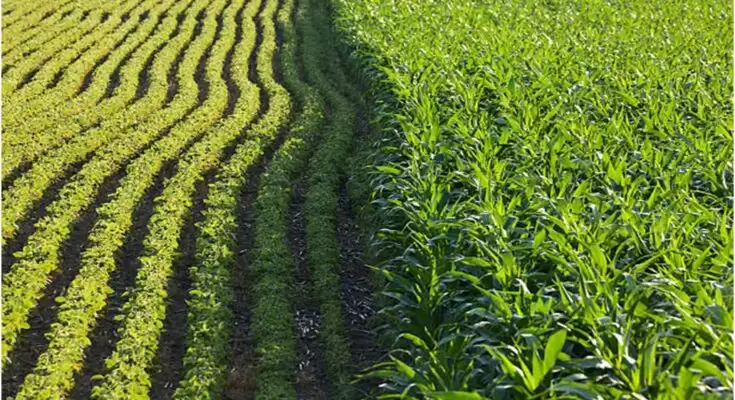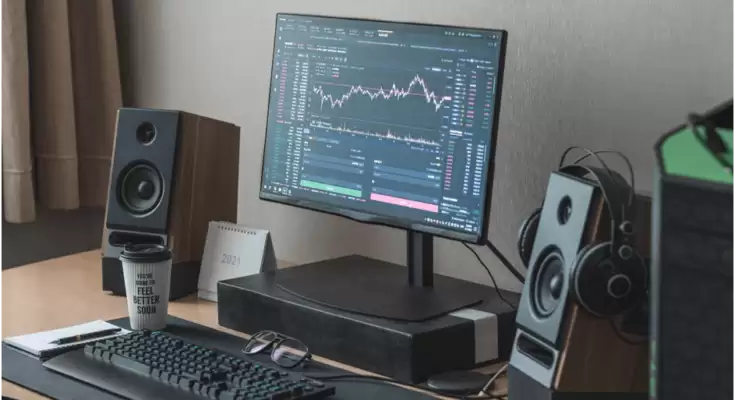We have all gotten so used to the simplicity of flipping a switch and things being powered on. Delivering power to those outlets is a complex system and there are protections in place to prevent against surges, outages, and other electrical challenges.
Electricians deal with distribution boards all the time, especially quality distribution boards from vendors like RS. Take the time to learn more about how these distribution boards are powering the technology in your life.
What are Distribution Boards?
If you’re going to know more about distribution boards, knowing what they do is probably the best place to start. Basically, it’s a crucial part of any electrical supply system and it splits incoming power into secondary (or subsidiary) circuits. Those circuits are then protected by breakers or fuses to prevent against a surge of electricity.
The distribution board takes incoming mains power and moves it into those sub-circuits. The entire board, complete with the breakers and fuses, is held within a single enclosure. That said, some distribution boards might only be partially enclosed depending on the environment and size of the distribution board.
What are They Used for?
To get a better understanding of distribution boards it helps to know where you are most likely to find them. There are different types of distribution boards (more on that below) but they can work for commercial, outdoor, and even public venue purposes. The cool thing is that they all do pretty much the same thing just in different quantities.
By sending the main current into sub-circuits, it allows for better control of that electrical supply into the different areas of the building. It also allows for isolation and the ability to shut down portions of the circuit without having to cut the power to the entire building. That’s not even mentioning all of the other safety features that allow for a safer overall use of that mains power.
The safety features are pretty standard no matter what kind of distribution board you see. They include RCDs, breakers, and fuses that act as individual safety cutoffs. Those are crucial because they protect an entire electrical system from facing short circuits, overloads, and other major hazards.
Different Types of Distribution Boards
Even though they all have the same purpose distribution boards aren’t all the same. Depending on the consumer setting, the distribution boards you find will come in one of three flavors: main switch, dual RCD, and high integrity.
Main switch distribution boards. When you ask most professionals, they will tell you that the main switchboard is not only the most robust but safest protective device there is when it comes to distributing mains power. Each of the circuits has been fully separated. More importantly, each one of them holds up against earth leakage from residual current breakers with overcurrent protection (RCBO).
Dual RCD distribution boards. More often than not, these are considered just a notch below main switch distribution boards when it comes to their overall protection capabilities. The dual RCD has a pair of circuit banks and each one gets protection from RCD breakers (RCD stands for residual current device). This is a great way to protect against electrical fires and overheating, or even touching a live wire by accident.
High-integrity distribution boards. You will find this type of distribution board in a larger building or wherever there are higher numbers of sub-circuits that branch off from the mains supply. This is a combination of dual RCD protection along with RCBOs that can be used in a litany of different, flexible configurations.











